Struggling with getting your controller to sync up properly with Serato DJ Pro?
Connecting controllers to Serato can be straightforward when you understand key steps for wired and wireless setup.
Let’s dive in to the essential process so you can get mixing!
How to Connect Controller to Serato DJ Pro
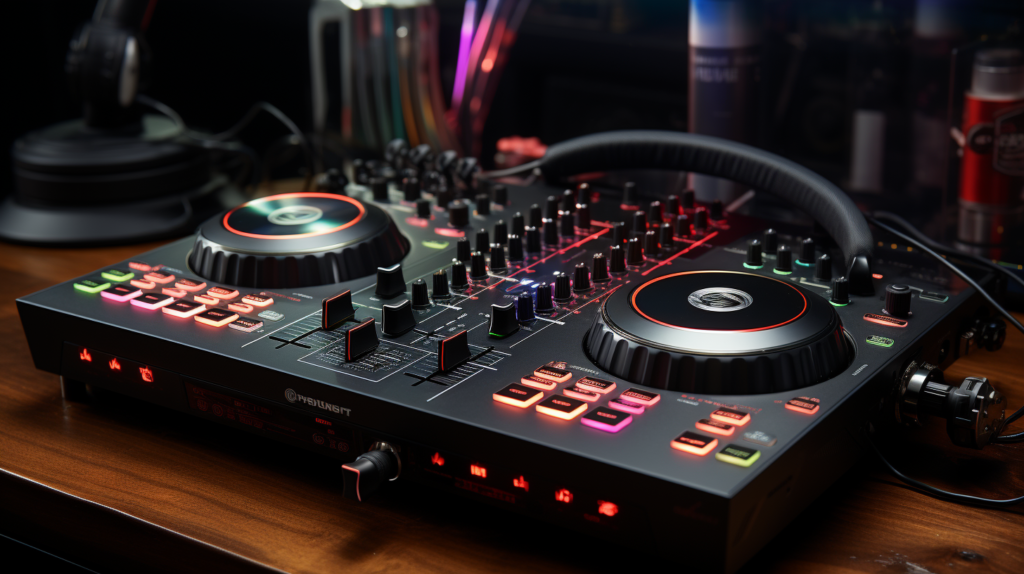
Getting your controller connected properly with Serato DJ Pro is crucial for creative mixing capabilities. We’ll explore the key steps for reliable USB and wireless Bluetooth connectivity so you can get up and running quickly. Stay tuned as we dive deeper into optimized controller setup.
Compatible Controllers
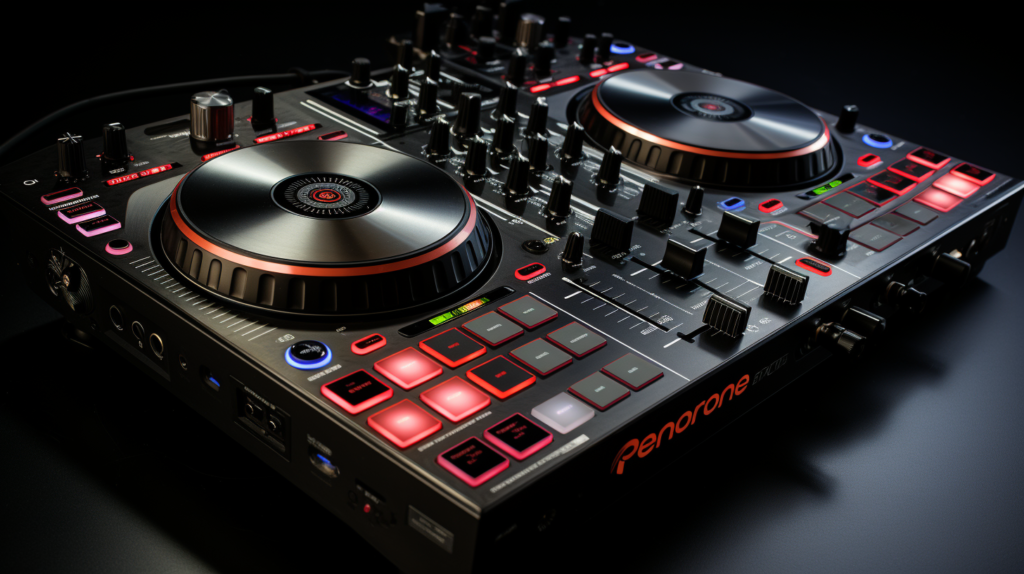
There are many controllers that are compatible with Serato DJ Pro software. Controllers made by brands like Pioneer DJ, Numark, Denon DJ, Reloop and others are designed to work seamlessly with Serato. Most controllers connect to your computer via a USB cable, providing both power and a data connection. Some controllers also offer wireless connectivity via Bluetooth which allows you to use the controller without being physically tethered.
When choosing a controller to use with Serato DJ Pro, you’ll want to consider factors like the number of decks/channels supported, the types of controls available (jog wheels, pads, knobs, faders etc.), form factor and price. Make sure any controller you are considering is explicitly supported by Serato before purchasing, as compatibility can vary. Checking the Serato website for their list of supported hardware is recommended.
Install Serato DJ Pro Software

To get started, you’ll first need to download and install the Serato DJ Pro software on your computer. The Serato DJ Pro software is available for both Mac and Windows platforms. You can download the latest version for free from the Serato website, though it does require a paid license after an initial trial period.
The Serato DJ Pro installation process will guide you through several steps. First you’ll need to accept the license agreement and choose a location to install the software files. The installer will then automatically configure Serato and install any necessary drivers and components. You may need to grant administrator privileges in order to complete the installation successfully.
The minimum system requirements for running Serato DJ Pro are relatively modern. You’ll need a relatively new Mac or Windows PC with at least 4GB of RAM, an Intel i3, i5 or i7 chipset and a minimum display resolution of 1024×768. Be sure to check the exact Serato system requirements for your platform before installing the software so that you know your system can handle it. Meeting the recommended specs is ideal for the best performance.
Connect Controller via USB
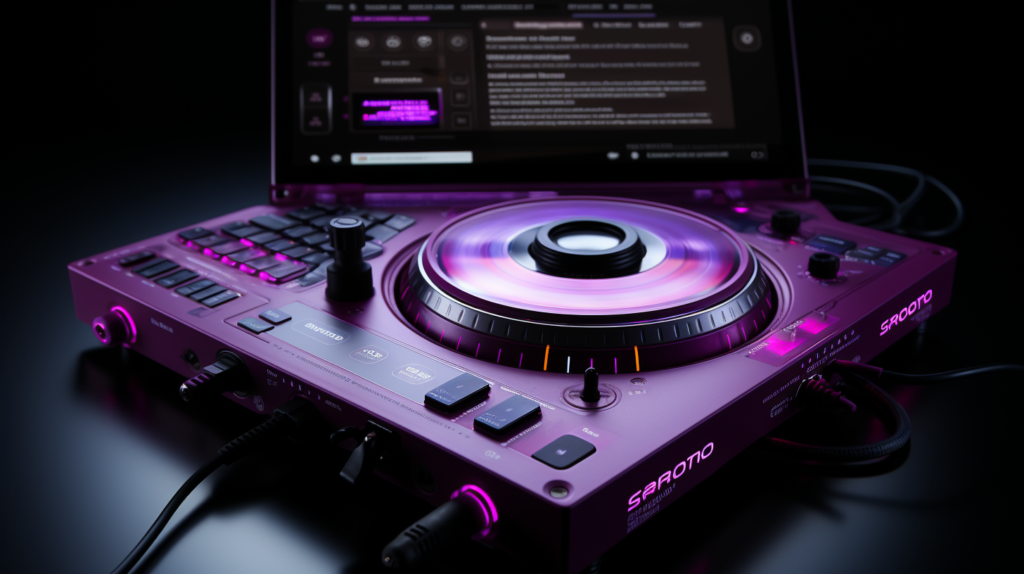
Connecting your controller to Serato DJ Pro via USB is the most common method. This simply involves plugging a standard USB cable from your controller into an available USB port on your computer. Most modern laptops have multiple USB-A ports, while desktops typically have both USB-A and USB-C ports.
When you first connect your controller, you may need to install driver software that came with that specific hardware in order for your computer to properly recognize it. Be sure to follow the manufacturer’s instructions for installing drivers on both Mac and Windows systems.
In most cases, once your controller is plugged in via USB and you’ve installed the required drivers, Serato DJ Pro will automatically detect the controller. The controller should appear with a green icon in the hardware panel within Serato’s settings. Sometimes you may need to reboot Serato DJ Pro after connecting a new controller before it is properly detected.
Connect Wirelessly with Bluetooth
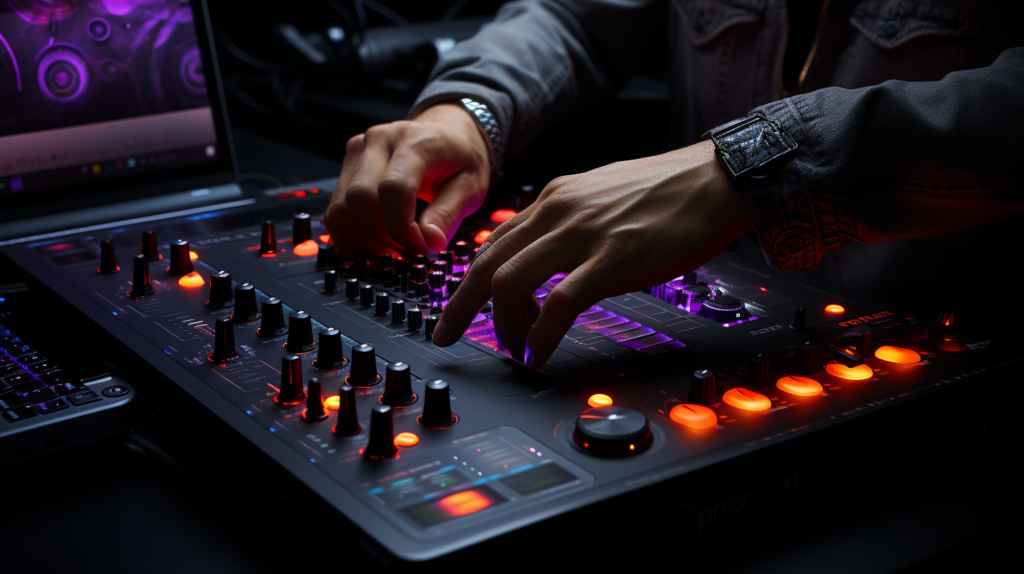
Some controllers have the advantage of offering wireless connectivity over Bluetooth, in addition to the standard wired USB connection. Connecting your controller to Serato DJ Pro wirelessly provides more freedom of placement and movement, since you don’t need to be tethered to your laptop.
First, you’ll need to put your controller into Bluetooth pairing mode – consult the user manual that came with your controller for specifics on enabling this wireless mode. Typically there is a Bluetooth button or option in the controller’s settings.
Next open the Bluetooth settings on your computer and initiate the pairing process – scan and select your controller from the list of available Bluetooth devices shown. Windows and Mac computers both have straightforward processes for pairing new Bluetooth accessories.
Finally, return to Serato DJ Pro, open the setup menu and go to the hardware panel. Your wireless Bluetooth controller should now be available for selection as one of the connected devices. Choose it from the list and it will connect to Serato over the Bluetooth wireless link.
Configure Controller Setup

Once your controller is connected to Serato DJ Pro, whether by USB or Bluetooth, you’ll want to configure the controller setup fully before using it. This customization process maps the various controls from your hardware controller to their corresponding actions within the Serato DJ Pro software.
To begin setup, open the Serato DJ Pro settings and click on the “Controller Manager” panel along the left. Here you can select your connected controller from the list and begin mapping buttons, platters, pads, faders and knobs to software features. Drag and drop or use the “Learn” function to manually link hardware controls to actions like triggering cue points, loops, samples, FX and more.
Some configuration options let you adjust additional parameters – like jog wheel sensitivity and latency. Take the time to test how jog wheels respond to scratching needs and dial this in to suit your preference. Latency can also be minimized for extremely tight timing between manipulating the controller and software reaction time.
Verify and Test Connection
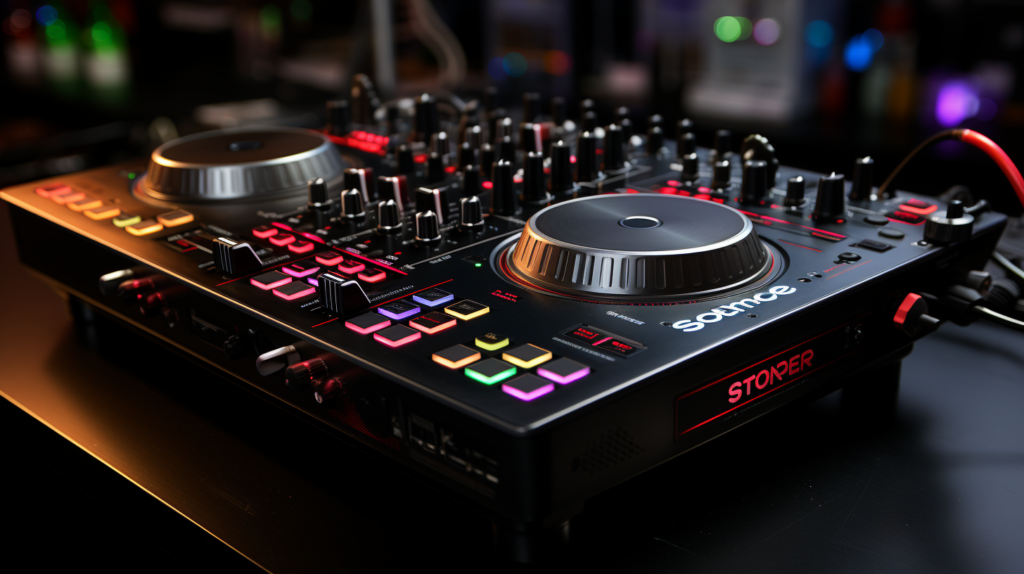
Once your controller is fully connected and configured within Serato DJ Pro settings, always be sure to verify a proper connection has been established before performing.
Load a song onto the Serato DJ Pro deck and try out various controls like volume faders, track jog/nudge, play/cue, EQs and channel filters. The corresponding elements inside Serato’s interface should immediately respond to confirm your hardware manipulations.
Quickly testing key areas of the controller setup across the full intended functionality allows you to catch any potential connection problems or issues early on. Taking the time to check this now prevents surprises during a live set or critical recording session.
If you experience any unresponsive controls or odd performance it could indicate a bad USB or Bluetooth connection, an outdated driver conflicting with Serato integration, or a misconfigured controller mapping. Revisiting settings to troubleshoot is advised to address problems promptly.
Conclusion
Connecting your controller with Serato DJ Pro is the foundation for unlocking the full potential of your digital DJ setup. Whether using the ubiquitous USB connection or wireless Bluetooth options, proper controller integration provides a seamless interface to control the industry-leading capabilities Serato offers. Spend time configuring your controller to suit your unique preferences through advanced mapping features. Routinely test and verify connectivity across your intended functionality to ensure flawless mix performances time after time. When trouble strikes, methodically revisit troubleshooting steps to identify the source – Great DJs are always prepared!
